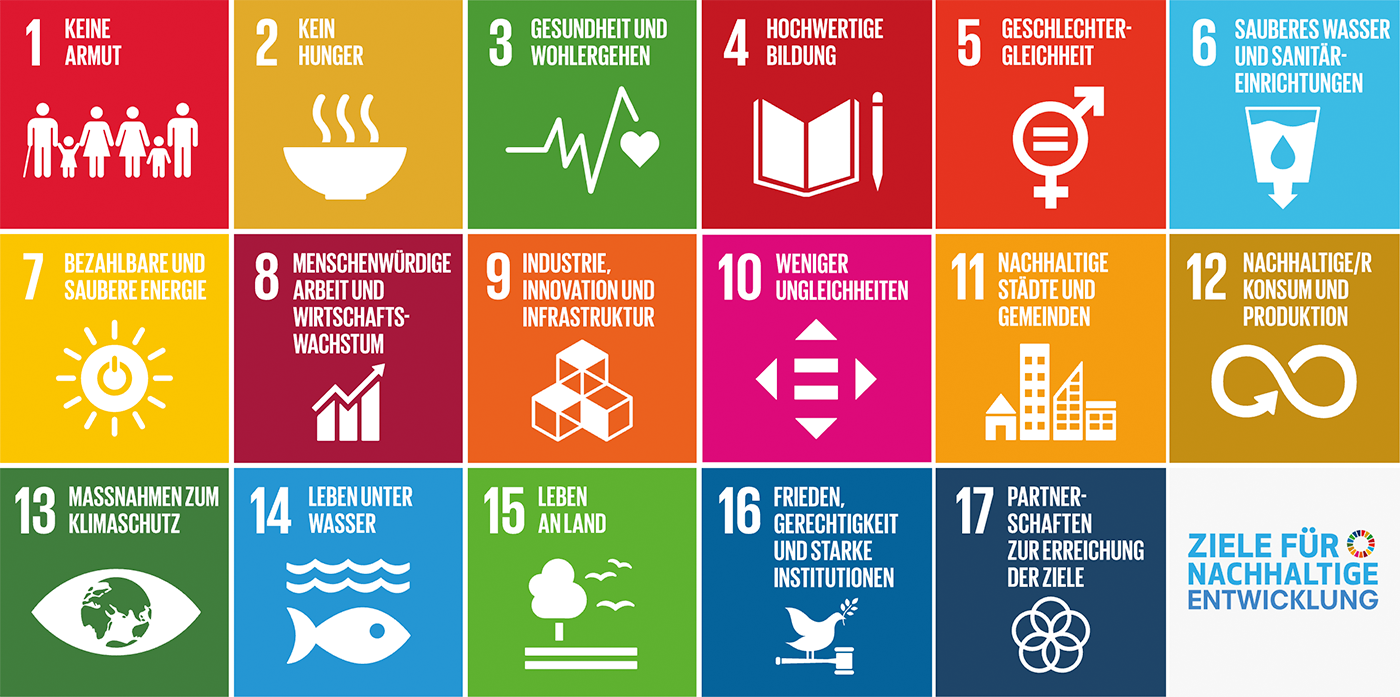Global goals for sustainable development
Sustainability for the environment and societ

Plastic has a number of advantages: very light weight, flexibility, stability and durability, its ability to repel moisture and dirt and its user-friendly designs. These properties, which hardly any other material combines, contribute to sustainability and a reduction in greenhouse gas emissions in many areas of life. However, as plastic is made from non-renewable raw materials, its natural decomposition only occurs after many years and the amount of waste is constantly increasing worldwide, there is also criticism of its use. It is therefore important to fully utilize the recycling possibilities of plastic and to treat plastic as a valuable resource and not as a cheap disposable product. If this is taken into account, plastic can contribute to the achievement of several Sustainable Development Goals (SDGs):
SDG 8: Decent work and economic growth
The political goal of climate neutrality requires the phasing out of fossil fuels by 2045. Plastics should therefore be produced from renewable raw materials in the future. A key role in this transition to sustainable resources is played by the promotion of the circular economy as well as innovations and processes relating to the production of environmentally friendly and sustainable plastics.
SDG 9: Industry, innovation and infrastructure
The political goal of climate neutrality requires the phasing out of fossil fuels by 2045. Plastics should therefore be produced from renewable raw materials in the future. A key role in this transition to sustainable resources is played by the promotion of the circular economy as well as innovations and processes relating to the production of environmentally friendly and sustainable plastics.
